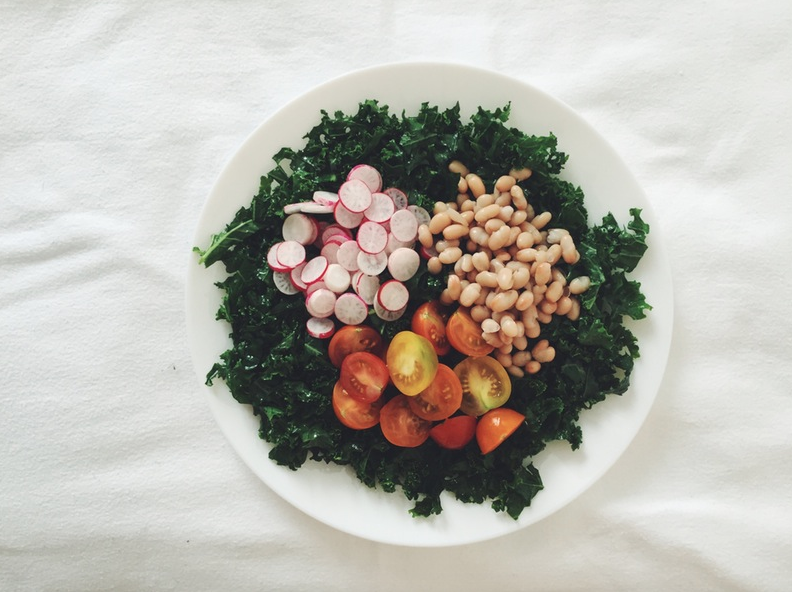The 68th UN General Assembly declared 2016 the year of Pulses, which are the edible seeds of plants in the legume family. The United Nations Food and Agriculture Organization (FAO) officially recognizes 11 specific types of pulses, but they can generally be encompassed in 4 groups: dry peas, beans, lentils, and chickpeas.
Referred to as “nutritious seeds for a sustainable future,” these superfoods pack an impressive nutritional punch. Not only are they loaded with protein, fiber, iron, potassium, folate, and antioxidants, but they’re also cholesterol, sodium, and gluten-free.



Stocking your pantry with pulses won’t break the bank, either, because they’re one of the most cost-effective proteins in the world. Get this: the US cost per serving of chicken is $0.63. For pork, it’s $0.73. And for beef? $1.49. However, it’ll cost you a meager $0.10 for a serving of hearty lentils. Sounds like a pretty good deal to me, especially considering how one serving of black beans delivers 1.5 as much iron as one 3 oz. serving of flank steak.
Because of their affordability, pulses deliver the promise of food security for large and often underdeveloped populations in areas like Latin America and Africa. They also yield higher prices than cereal grains do, which can help rural farmers escape the cycle of poverty.
The annual pulse crop itself is also incredibly sustainable. By enriching the soil, it mitigates the need for chemical fertilizers while requiring very little irrigation. On top of it all, pulses boast one of the lowest carbon footprints of any food group.
“Pulses can contribute significantly in addressing hunger, food security, malnutrition, environmental challenges and human health,” wrote UN Secretary-General Ban Ki-moon. “Pulse crops, such as lentils, beans, peas and chickpeas, are a vital source of plant-based proteins and amino acids.”



The first evidence of the cultivation of pulses dates back 11,000 years ago to the Fertile Cresent region. Now, they are grown around the world, with the biggest producers being India, Canada, Myanmar, China, Nigeria, Brazil, Australia, USA, Russia, and Tanzania.
Despite the long history, their nutritional value has often been under-appreciated. Not any more.
“Much work needs to be done to end hunger and provide food security and nutrition for all,” added Secretary-General Ki-moon. “One concrete, promising opportunity lies with pulses.”
I don’t know about you, but I #LovePulses, and am ready to take the pledge to officially commit to eating pulses at least once a week for 10 weeks.

So many neat ideas for using pulses! The sweet potato one is calling my name haha
LikeLike
Thank you! Yes, I agree – loaded sweet potatoes are DELICIOUS.
LikeLiked by 1 person
Some great ways to use pulses. I’ve just been writing about lentils. I’m reblogging because we need to increase our awareness of these as a nutrition source. Thank you!
LikeLike
Reblogged this on A single serving and commented:
An informative post on an underutilized food source. Even if you don’t wish to take the pledge, please read! Look at the nutrition data.
LikeLike